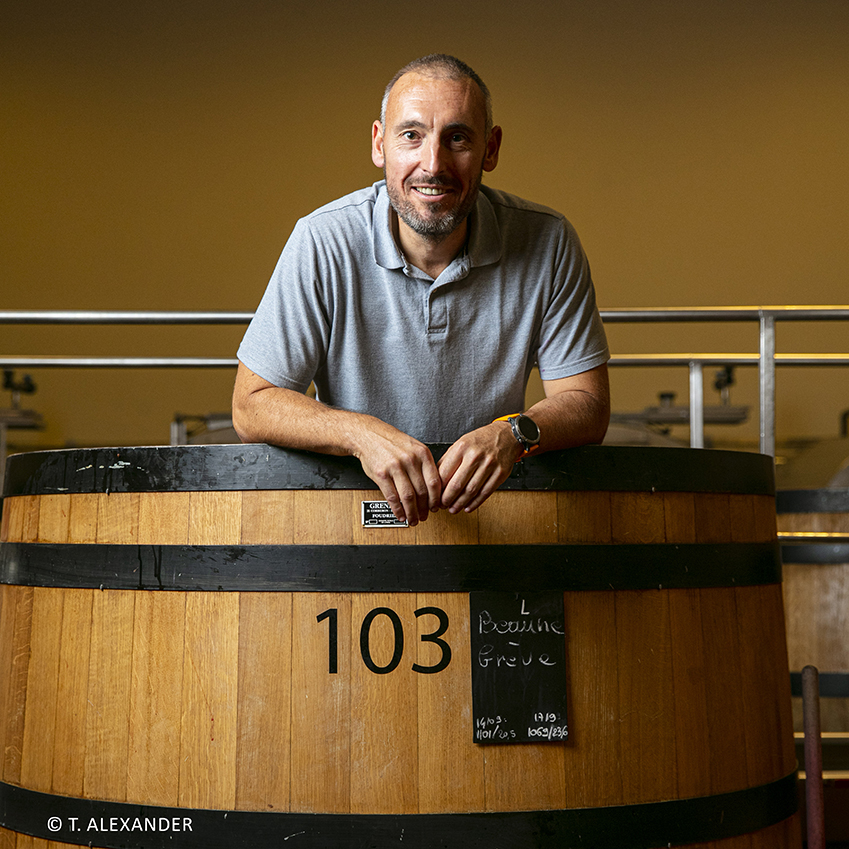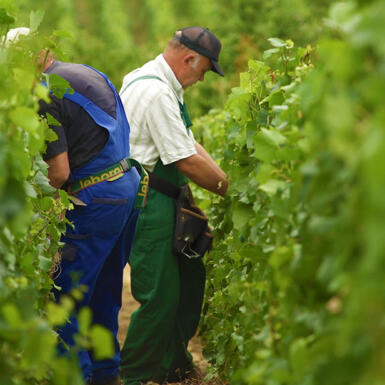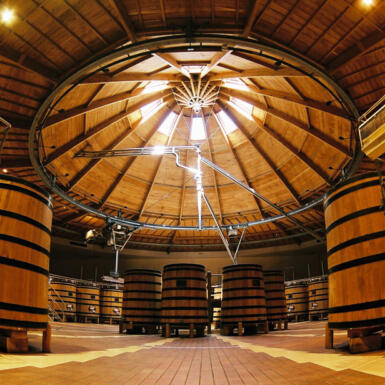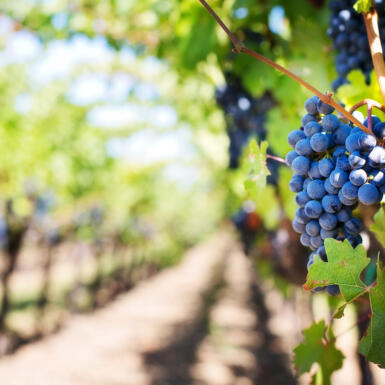Maison Louis Jadot is one of the most trusted and revered wine houses in Burgundy’s Côte d’Or. Frédéric Barnier, Jadot’s esteemed winemaker, and his team balance tradition and technology, focusing on the purest expression of each wine’s terroir. These principles of vinification take the lightest possible hand in winemaking and produce the essence of fine Burgundy. Founded in 1859, the house now owns 528 acres of vineyards, including 280 acres of the Cote d’Or’s most prestigious Premier and Grand Cru plots
Jadot’s Winemaker
Frédéric Barnier joined Maison Louis Jadot in 2010 as Technical Director, working under the guidance of Jacques Lardière. For 42 years, the legendary Lardière was responsible for the winemaking and bottling of all Maison Louis Jadot wines, and he is considered to be one of Burgundy’s finest winemakers. Frédéric now leads the winemaking team with the Maison Louis Jadot philosophy: no compromise on quality.


PRINCIPLES AND PRACTICES
Jadot invests in Burgundy, only purchasing grapes from the highest quality producers where they have a relationship and vinifying the wine on-site rather than buying ready-made wines.
Maison Louis Jadot’s principles of vinification balance tradition and technology and focus on the purest expression of each wine’s terroir, taking the lightest possible hand in winemaking and a restrained use of oak maturation. For its village level Côte d’Or wines, Jadot practices a further, though expensive, practice called réplis, in which wines of a higher appellation are incorporated into a wine bearing the appellation below them.
Jadot’s cellar practices, including long macerations, the choice of wild yeast when possible, for fermentation, fermentation temperature and other winemaking methods are also designed to preserve the character of the fruit in the wines. For both red and white wines, Maison Louis Jadot places great importance on the restrained use of new oak in the aging process. Time in cask and percentage of new oak is dictated differently by each vintage. In keeping with its non-interventionist philosophy, Jadot considers that very great vintages, complete and harmonious by themselves, require minimum contact with new oak.
The History of Maison Louis Jadot
Maison Louis Jadot was founded in 1859 by the man whose name it bears, Louis Henry Denis Jadot. The first of his family arrived in Beaune from Belgium in 1794 and soon began purchasing Premier and Grand Cru vineyards. With grape growing a part of his heritage, Louis Henry set about gaining experience first in the cellars, in the evaluation of wines, and then in the vineyards, in the study of viticulture.
As Louis Henry traveled, he acquired a faithful clientele, and in 1859 purchased the respected négociant firm of Lemaire-Fouleux and gave the firm his name. After his death, his son, Louis Baptiste Jadot, enthusiastically carried on the work his father had begun. He expanded his export markets as well as his clientele in France, reinvesting his profits in the acquisition of vineyards in some of the finest and most famous Grands Crus and Premiers Crus of the Côte d’Or.
In 1939, Louis Baptiste Jadot died and left control of the firm to his eldest son, Louis Auguste Jadot, who had assisted in the direction of the business under his father since 1931. He opened and greatly developed the new export market of the United States, as well as those of Great Britain, the Netherlands, South America and New Zealand.
In 1954, André Gagey joined Maison Louis Jadot as assistant to Louis Auguste Jadot. After Louis Auguste’s passing in 1962, with no surviving heirs aside from his wife, André Gagey was appointed managing director. He took full charge of the company’s operations, working under Mme. Jadot’s ownership and oversight. Over the next three decades, Gagey oversaw the selection and purchase of all grapes and wines bottled under the Jadot label, as well as the management and upkeep of the estate’s vineyards.
Recognizing the company’s growing role as an estate-based producer, Gagey hired a gifted young enologist named Jacques Lardiere to serve as his assistant in 1970. Lardiere later became Technical Director and is now winemaker emeritus. He is widely regarded as one of Burgundy’s most respected winemakers, known for blending deep respect for nature with technical expertise.
André Gagey’s son, Pierre-Henry Gagey, joined the company in 1984. With a strong foundation in business and a deep, inherited understanding of wine, he brought new energy to the firm. In February 1985, Maison Louis Jadot was acquired by the owners of Kobrand Fine Wine & Spirits, which had been the exclusive U.S. importer of Jadot wines since 1945.
Pierre-Henry became President in 1992, a role he held until his retirement in 2023. He is succeeded by Thomas Seiter, now President of Maison Louis Jadot. Pierre-Henry’s son, Thibault Gagey, currently serves as Managing Director.





